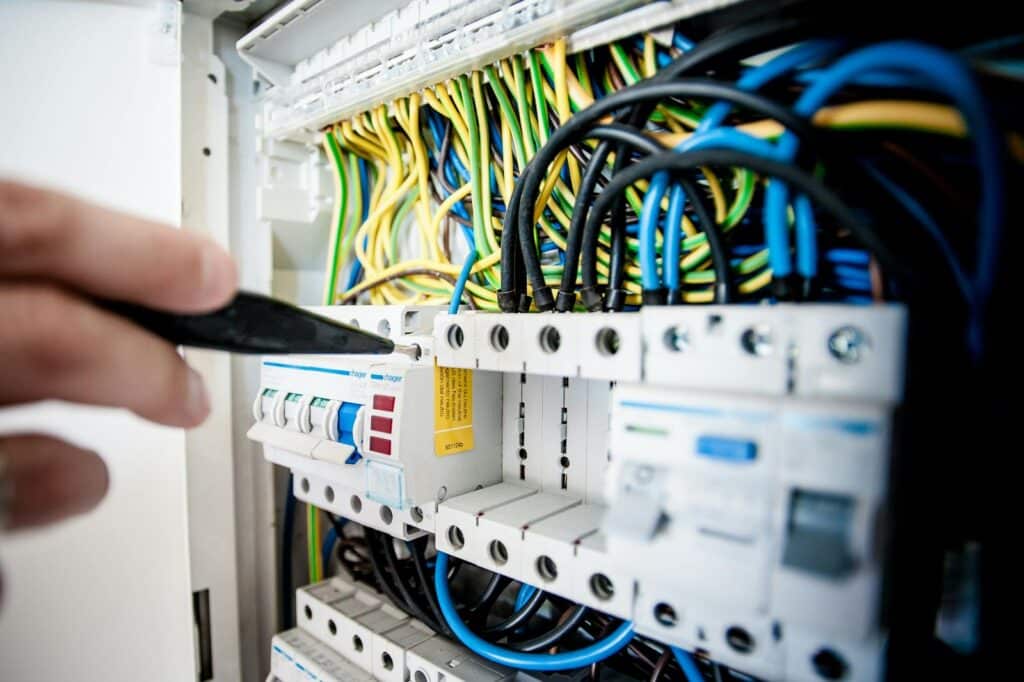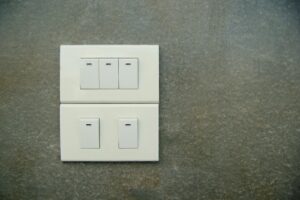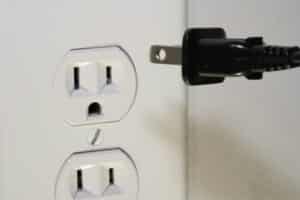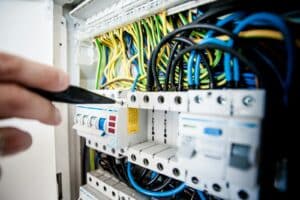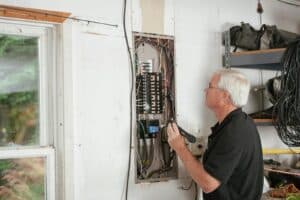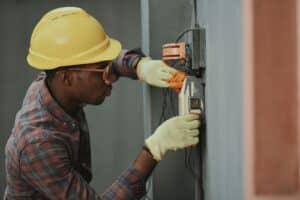Troubleshoot Common Electrical Problems Safely by following a methodical approach to identify simple causes before calling a professional. This guide helps you distinguish minor issues from emergencies, reducing unnecessary call-outs and ensuring your safety.
1. Check Your Switchboard First
If you lose power or a circuit trips, check your switchboard for any tripped circuit breakers (switched to ‘off’ or middle position) or RCDs (safety switches). Try resetting them once. If they trip again immediately, stop and call a professional.
2. Isolate Overloaded Circuits
If a breaker trips repeatedly, unplug all appliances from that circuit. Reset the breaker, then plug devices back in one by one to identify the faulty device or an overloaded circuit. Avoid daisy-chaining power boards.
3. Inspect for Obvious Damage
Look for visible signs of damage like frayed cords, burnt outlets, or loose plugs. If you see any, immediately stop using the item and keep clear. Damaged wiring is a fire and shock risk.
4. Test Other Outlets/Lights
If one outlet or light isn’t working, test others on the same circuit. This helps determine if it’s an isolated issue or a broader circuit problem. Document which points still work for the electrician.
5. Know When to Call a Professional
If a breaker won’t reset, you smell burning, see sparks, experience shocks, or can’t identify the cause, stop troubleshooting. Turn off the main power if safe and call a licensed electrician immediately. Safety takes priority over further testing.
Pro Tip
To troubleshoot common electrical problems safely, always use a non-contact voltage tester (if you have one and know how to use it) to confirm power is off before touching any wiring.

